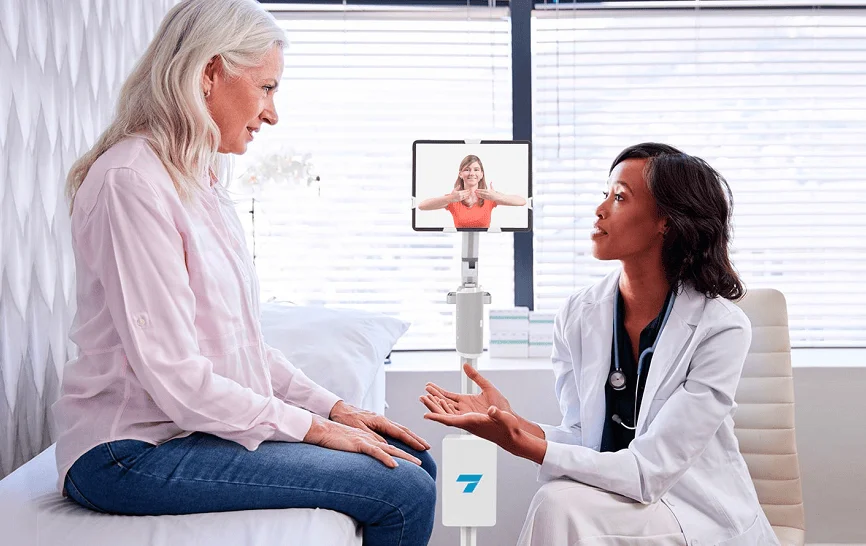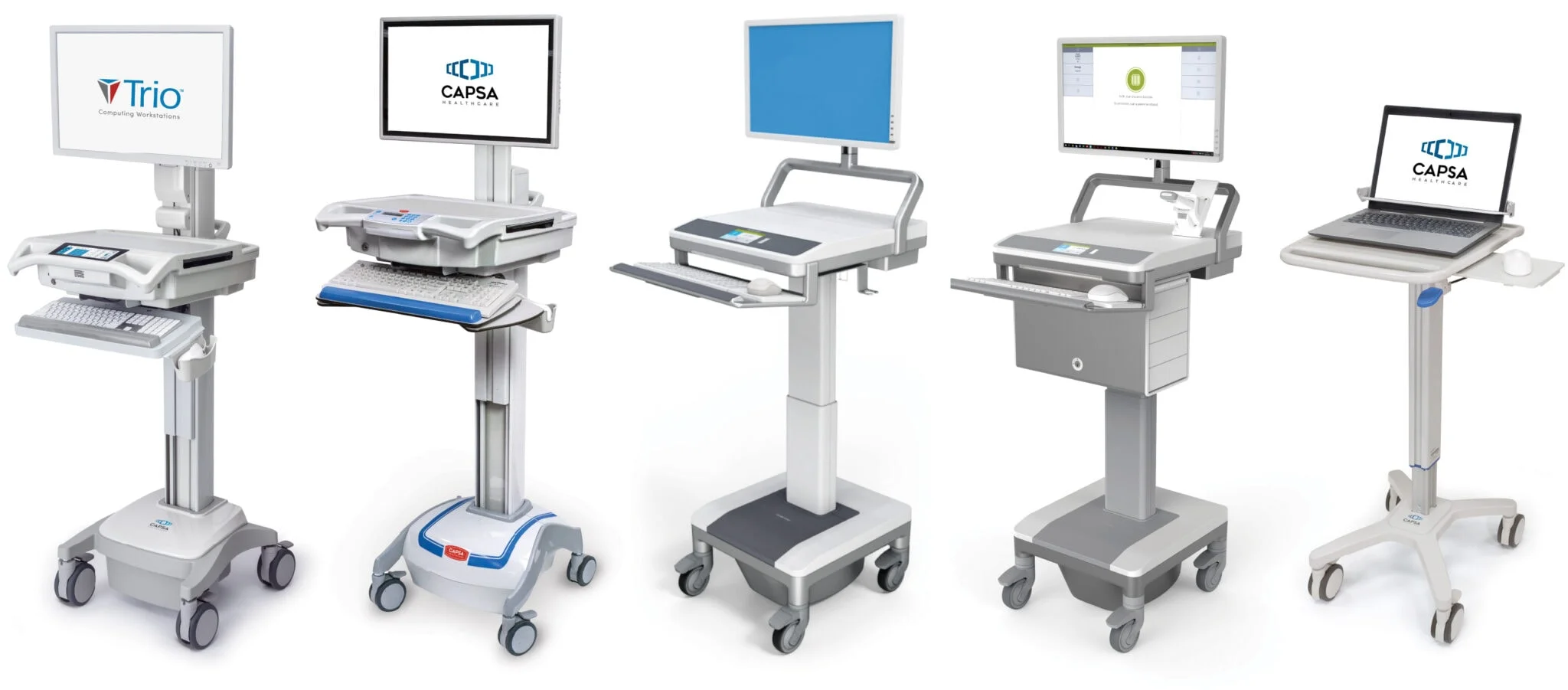
In today’s rapidly changing healthcare landscape, patient retention is the key to delivering successful and comprehensive care. With a diverse patient population, the significance of effective communication that goes beyond language barriers cannot be emphasized enough.
By breaking down communication barriers and facilitating real-time video conferencing between patients and healthcare providers, Video Remote Interpreting (VRI) services not only foster trust but also enrich the healthcare experience.
Read on to explore the transformative impact of VRI services on patient retention, revealing how this technology nurtures stronger patient-provider relationships and cultivates lasting loyalty in an interconnected world of healthcare.
Now more than ever, you must offer communication services to Limited English Proficiency (LEP), deaf, and hard-of-hearing patients. Federal civil rights laws such as the Affordable Care Act and Civil Rights Act require healthcare entities receiving federal funding to provide qualified medical interpreters for LEP, deaf, and hard-of-hearing patients.
Healthcare organizations have used on-site and telephonic interpreting services as a result. However, many still face significant challenges in retaining patients.
Effective communication between healthcare staff and patients is essential for providing high-quality care. However, several barriers can hinder this vital interaction, leading to severe consequences for patients and care teams.
One of the most significant communication barriers is language. When healthcare providers and patients do not share a common language, exchanging critical information, such as medical histories, symptoms, and treatment options, becomes challenging. This communication gap can result in medical errors and a lack of trust between patients and their care team.
Another common communication barrier arises when caring for patients who are deaf or hard of hearing. These individuals may rely on sign language, lip-reading, or other communication aids. Failure to understand and accommodate these needs can lead to misunderstandings and, ultimately, poorer patient outcomes. Moreover, this can significantly impact patient retention, as patients may seek care elsewhere if their communication needs are not adequately met.

Accessing skilled local interpreters who follow the Code of Ethics and understand medical terminology is a significant challenge in rural or underserved areas. The scarcity of such interpreters worsens the high demand for their services, leading to severe consequences like adverse patient outcomes, issues with informed consent, and inaccuracies in recording crucial medical information.
The involvement of family members or friends, even if they possess interpreting skills, may not guarantee precise translations.
Compelling research demonstrates that 1 of every 40 malpractice claims results from inadequate interpreter services. Even with qualified interpreters, the lack of specialization in medical terminologies, particularly in fields like cardiology and oncology, negatively impacts healthcare experiences and patient care.
The cost of hiring a medical interpreter varies depending on the language and the appointment duration.
According to the American Psychological Association, the average cost of hiring a medical interpreter ranges from $45 to $150 per hour. Rarer languages cost even more. Most on-site interpreters require a two-hour minimum charge plus additional expenses such as travel. In addition, longer appointments may require multiple sessions with multiple interpreters or interpreters who work in shifts.
Another cost to consider is the training and certification of medical interpreters. Many interpreters must have specialized training and certification, which can be expensive and increase rates even more.
Finally, there are a variety of additional administrative costs associated with hiring medical interpreters, including:
Such high costs can cause some providers to hesitate to outsource interpreting services, which may lead to worsened communication and patient outcomes.
The communication barriers, limited access to interpreters, and high costs associated with traditional face-to-face and telephonic interpreting negatively affect your practice and patients.
VRI combats all these challenges to improve communication, patient satisfaction, and patient retention for your LEP, deaf, and hard-of-hearing patients.

VRI services bring interpreters from all over the world to your fingertips, eliminating the need for travel and time constraints.
They also ensure that you get interpreters who are trustworthy and reliable. You can communicate with trained interpreters who undergo rigorous screening processes and extensive medical terminology and ethics training.
With such a vast network of interpreters, you gain access to specialists who can support you with interpreting medical jargon, complicated diagnoses, and sensitive conversations with your patients.
When you improve the patient experience by providing such easy access to expert video interpreters, your patients are likelier to return to you for treatment.
VRI services are a cost-effective and efficient way to provide patients with reliable interpretation services.

You can connect with professional offsite interpreters remotely with VRI, eliminating the need for in-person interpreters. This not only saves time but also travel expenses such as transportation and accommodation.
The interpreting services cost anywhere from $1.95 per minute to $3.49 per minute, often with only a 15-minute minimum per session. Moreover, interpreting services such as Martti and Propio are available 24/7, making it easy to access a video remote interpreter promptly and conveniently.
You can also contract for on-demand interpreting services and access multiple languages at any given time, which is especially important in busy, diverse areas. Some services, such as Cyracom International, Inc. even offer over 300 languages.
VRI technology is designed to provide a seamless experience for you and the patient. With just a click of a button, you can connect with a professional interpreter who can assist you in communicating with your patient in real-time.
The technology integrates with your existing equipment and systems, including:

The CareLink Telemedicine Cart is equipped to enable video communication, and the diagnostic peripherals facilitate virtual care and timely diagnostics. It connects doctors with remote patients in real-time, increasing access and timeliness to care.
VRI technology is also dependable and secure when you use a reliable high-speed, wide-bandwidth wireless connection or video connection. Thus, you can enjoy a high-quality audio and video connection without interruptions or delays.
However, VRI is not just about technology — it is also about the human element. Professional interpreters are invaluable resources that ensure you and your patient fully understand each other. They can also quickly adapt to various situations and assist with any medical or procedure.
So, whether you’re looking for video remote interpreting in hospitals or in the event of an emergency, you can access a professional interpreter who specializes in your field.
The ability to complete video calls can reassure LEP patients who are apprehensive about remote interpreting services. Face-to-face contact goes a long way toward improving patient acceptance of the technology and your proposed treatment. All of which improve patient-provider trust, patient engagement, and patient outcomes.
Challenges in retaining Limited English Proficiency (LEP), deaf, and hard-of-hearing patients have been persistent, but VRI offers a comprehensive solution. With a broader network of high-quality remote interpreters, VRI saves time, money, and travel expenses and, more importantly, aids in patient retention.
If you are looking to elevate your video services and programs, Capsa Healthcare stands out as the ideal partner with its exceptional VRI carts. Designed to provide excellent point-of-care services on the go, our carts come equipped with built-in equipment and features that cater to a wide range of VRI projects, from basic customer service to intricate medical applications.
With our carts, you can seamlessly communicate with patients in different languages or those with hearing impairments, ensuring constant connectivity and improved patient communication. Explore our selection of VRI carts today to witness the transformative impact they can have on your healthcare practice.